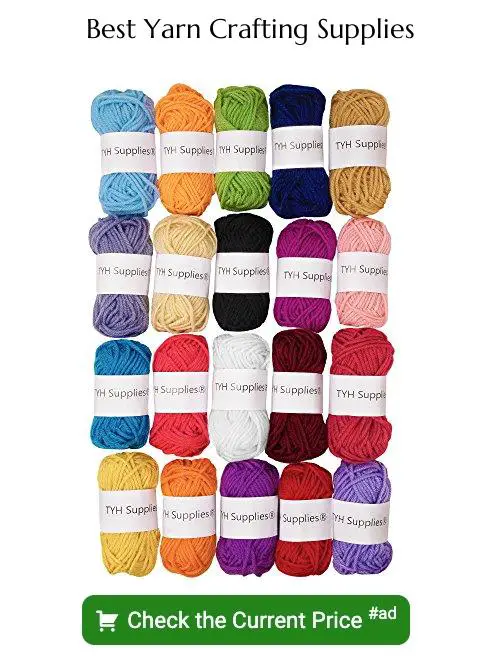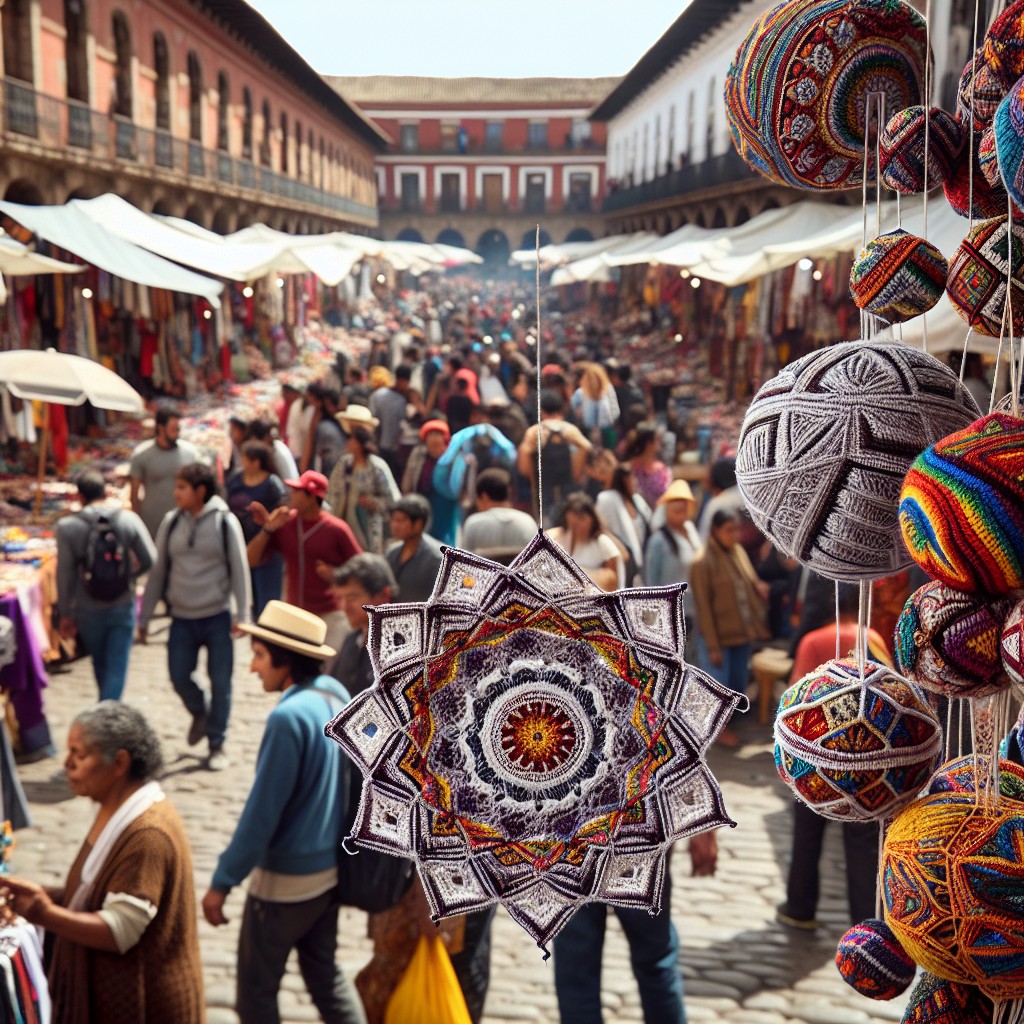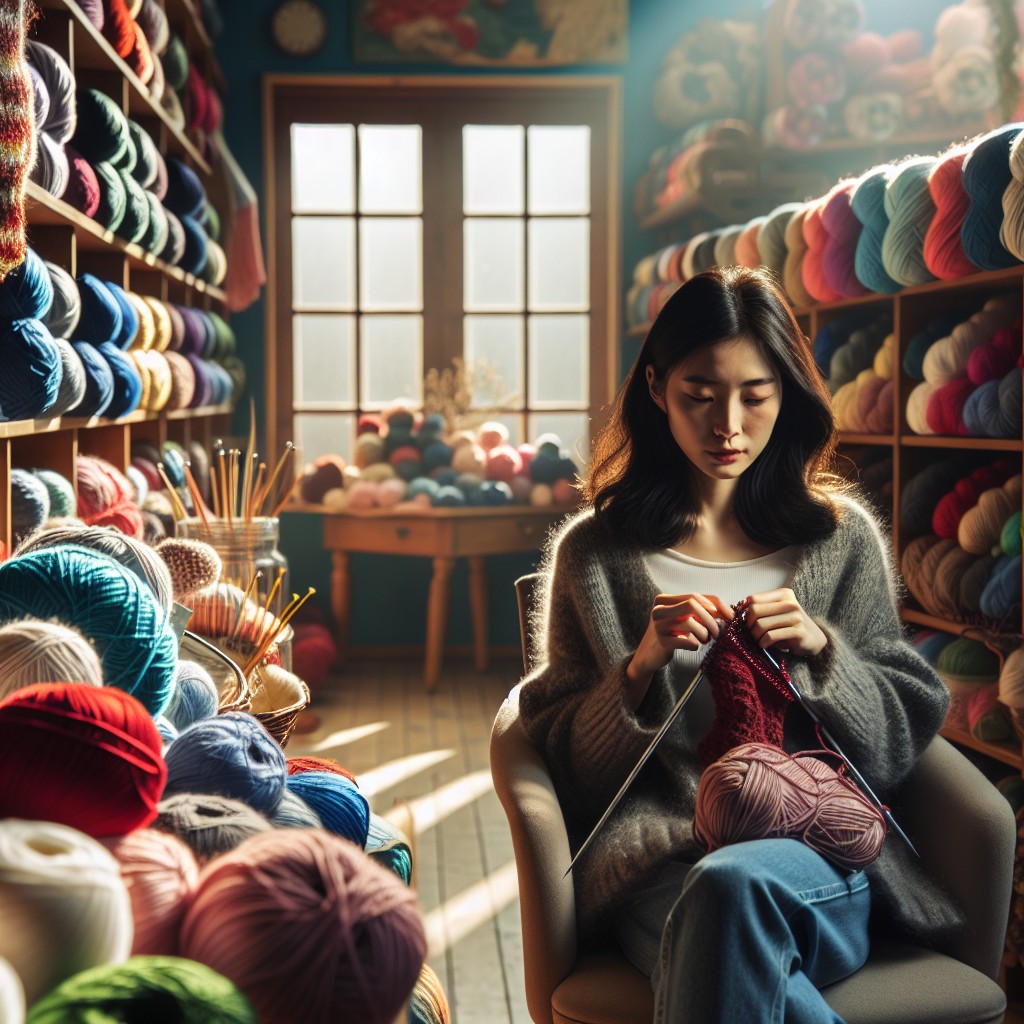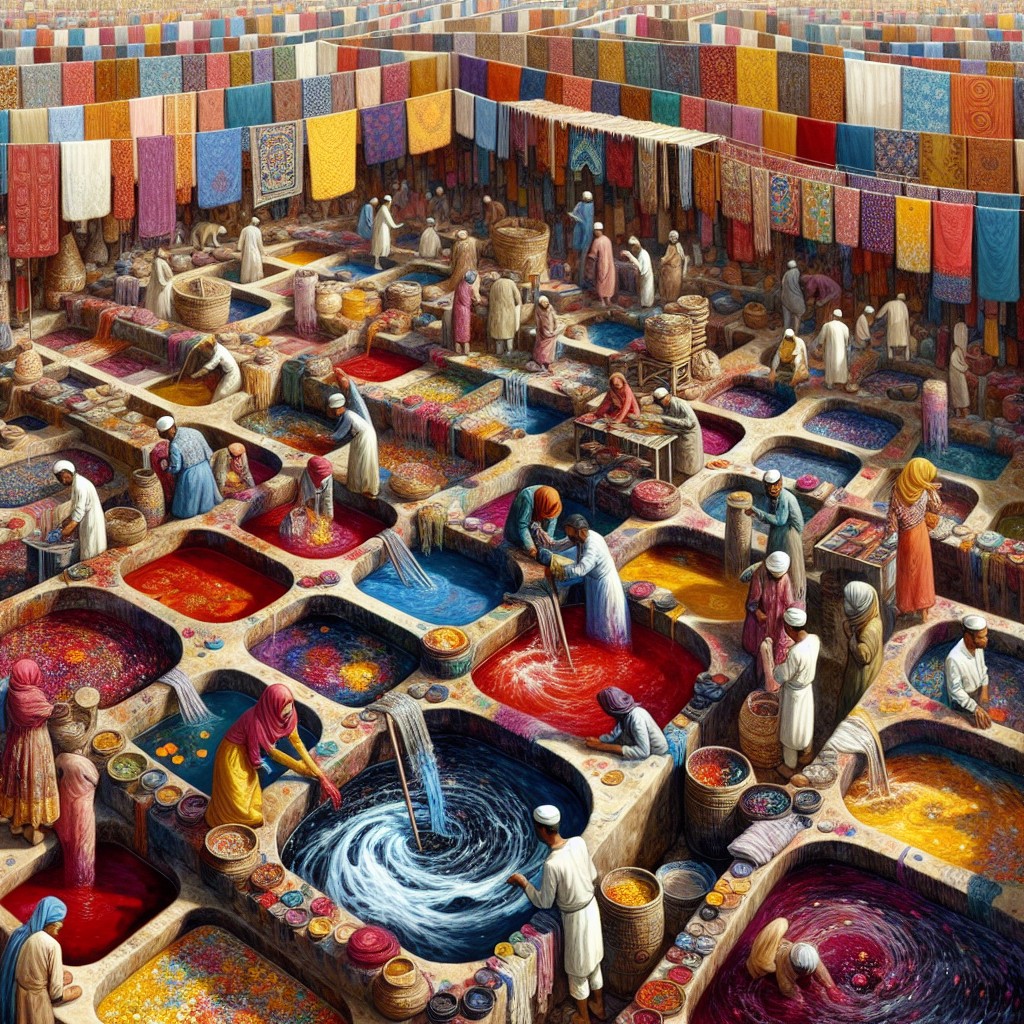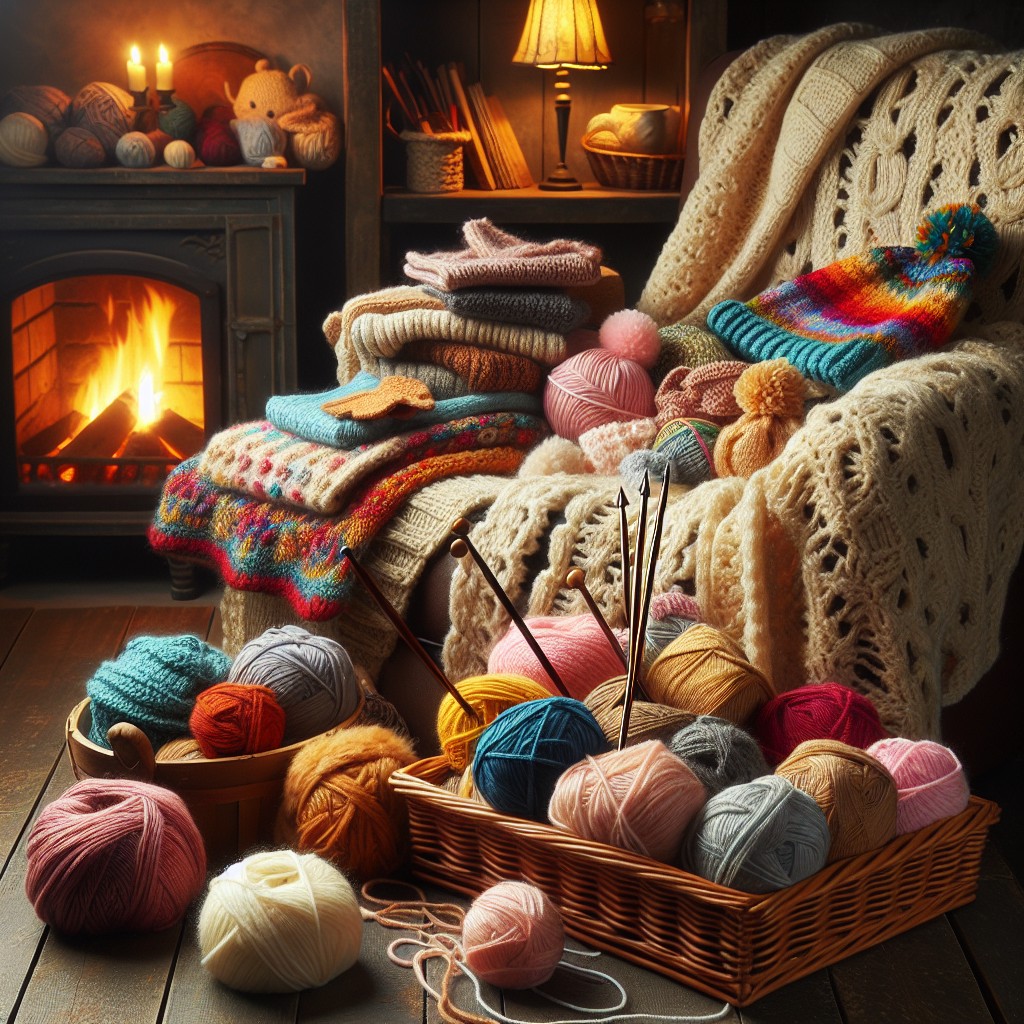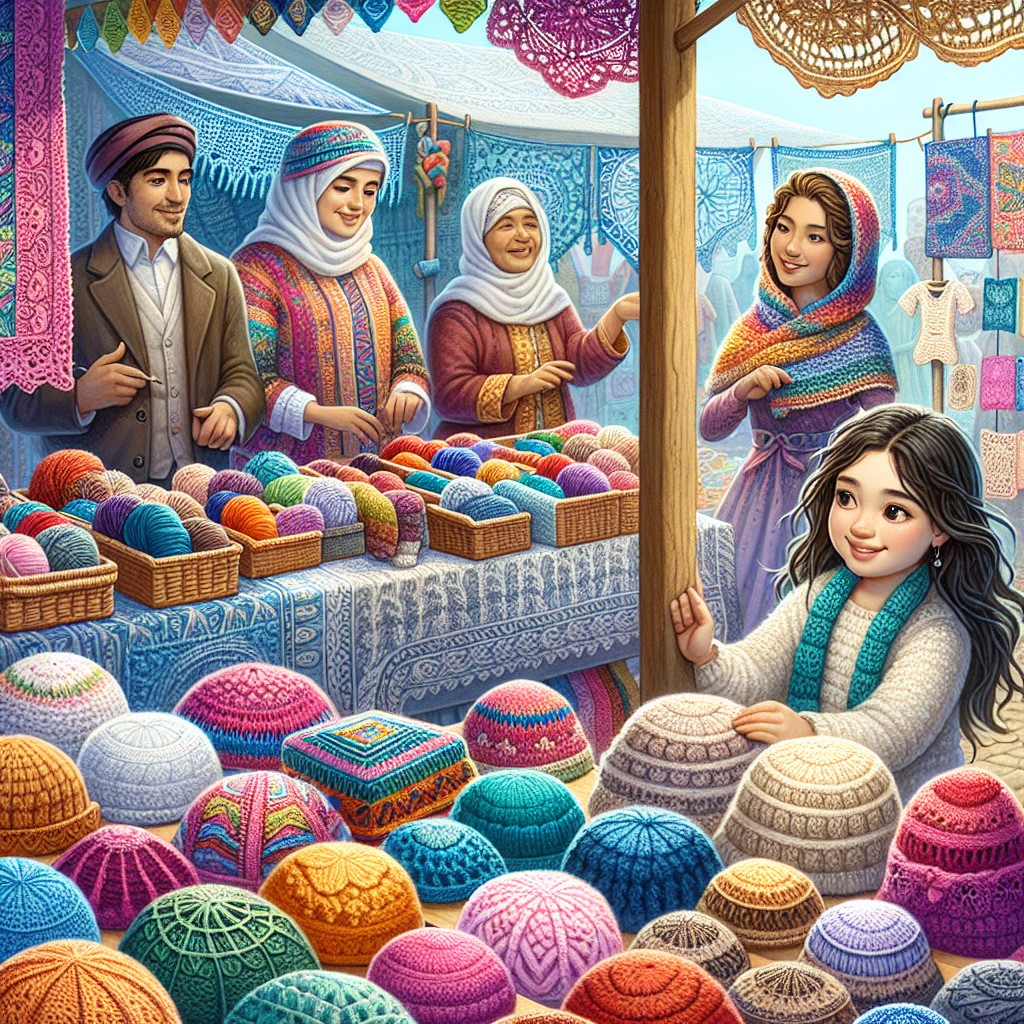Dive into the vibrant world of the yarn market as we unravel significant trends, key players, and growth opportunities in this dynamic industry.
Diving into the world of yarn crafts, it’s crucial to understand the dynamics of the yarn market. The global yarn market, valued at $76.5 billion in 2019, is projected to reach $100.1 billion by 2025, growing at a CAGR of 4.6%. This growth is driven by the increasing popularity of DIY crafts, the therapeutic benefits of knitting and crocheting, and the rising demand for sustainable and organic yarns.
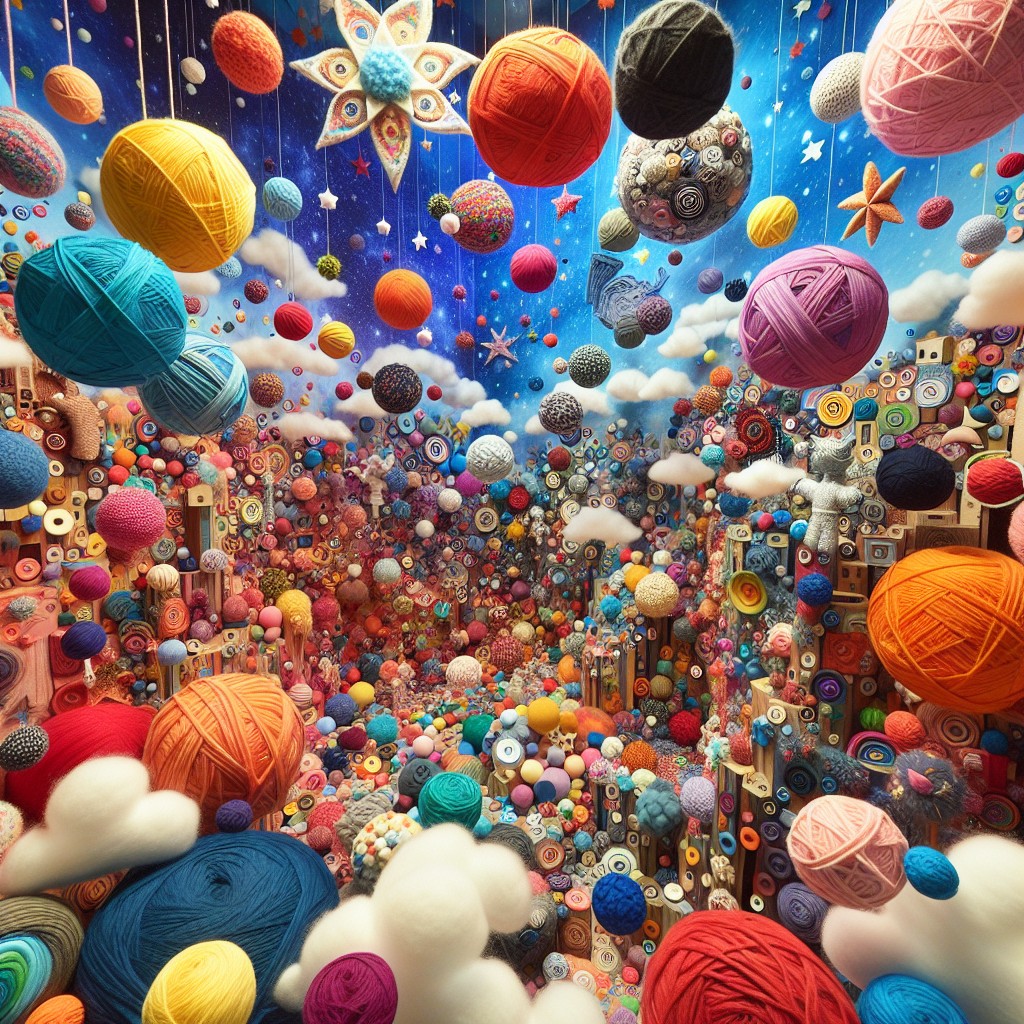
This article will delve into the intricacies of these statistics, exploring factors influencing market trends, the impact of e-commerce on yarn sales, and the future of the yarn industry. Stay with us for an in-depth analysis of the yarn market statistics.
The global yarn has a market value of $110.18 billion in 2023 and a CAGR of 7.0%
According to recent market analysis, in 2023, the output for this booming industry exceeded $110.18 billion, showcasing the vastness of yarn’s commercial appeal. This hefty figure represents a Compound Annual Growth Rate (CAGR) of 7.0%, suggesting steady growth.
This impressive growth rate reflects the increasing global demand for yarn and its wide application in various industries, including knitting, crocheting, and textile manufacturing. This trend points to the importance of the yarn industry to the global economy.
The continued growth trajectory also presents numerous opportunities for businesses engaged in the production or sale of yarn.
The market is expected to grow into a $138.91 billion market by 2027 and a CAGR of 6.0%
Forecast analysis indicates continued growth for the yarn industry. By 2027, the market is anticipated to achieve a staggering valuation of $138.91 billion. This represents an impressive compound annual growth rate (CAGR) of 6.0%. Such robust expansion is fueled by the rising global demand for knitted products, yarn-based crafts, and the increased interest in DIY handicrafts.
Future industry strategies will likely include brand collaborations, technological advancements in yarn production, and increased eco-friendly options to sustain this growth.
Yarn can withstand being bent 20,000 times without breaking
Known for its exceptional durability, yarn displays a surprisingly high degree of bend-resistance. Even under repeated stress, it maintains its form and integrity.
This characteristic is mainly due to its construction, which involves twisting or spinning fibers together, adding to its strength. Moreover, its flexural versatility is a substantial benefit in many crafts such as knitting and crocheting, where continuous bending and manipulation are necessary.
The material’s ability to tolerate up to 20,000 bends before breaking solidifies this resilience. This aspect is largely responsible for its reputed longevity in crafted products, holding the intricate designs intact for longer periods.
There are 15 different types of fibers used by people who use yarn to knit
Various fibers are at the disposal of every knitter, with each bringing unique characteristics to the final product. The commonly used ones include wool, known for its warmth and elasticity, and cotton, appreciated for its softness and durability.
Silk offers a glamorous shine and smoothness, while linen is valued for its strength and breathability. Others include cashmere, mohair, alpaca, angora, and qiviut, all loved for their superior softness and warmth.
Additional options are synthetic fibers like acrylic and nylon, praised for their easy care and affordability. Then, there are blends like wool-acrylic and cotton-silk, providing a balance of properties. Last but not least, innovative plant fibers like bamboo and hemp are gaining popularity due to their eco-friendliness.
These fifteen fibers represent a range of choices for knitters, each suiting different projects and preferences.
A number 1 cotton had 849 yards per pound
This type of cotton yarn, identified as “number 1“, displays a noteworthy attribute: it offers a considerable length of 849 yards for every pound. This length-to-weight ratio is substantial, making it a desirable choice for many knitting projects that require extensive use of yarn.
The high yardage equates to a longer knitting duration, offering more product output per pound compared to other yarn types. It also reflects on its fineness and density making it well-suited for lightweight garments and delicate patterns.
Factors like these impact its usability, appeal, and market demand among knitters and crocheters.
There are 3 techniques to yarn spinning: warp, ring, and open end spinning
Spinning methods greatly influence the yarn’s final quality and function. The first one, warp spinning, intertwines multiple strands of fiber to create a single, strong yarn. It is often used for weaving and produces a high twist, strong, and smooth yarn.
Ring spinning, the second process, remains the most universal and widely used method. This process involves drafting the fibers to a desired thickness, twisting them for strength, and winding the finished yarn onto a bobbin. Ring-spun yarns, as a result, showcase superior softness, strength, and high-quality feel.
Last is open end spinning, which eliminates the roving process present in the ring method. It works by blowing a rotating vortex of air, forming the fibers into yarn. This method generates yarn at a quicker pace and at more affordable costs than the other two methods. It creates yarn with cleaner, more consistent yarn structures.
A person burns 55 calories by knitting half an hour
In a seemingly sedentary hobby, the calorie count may surprise many. Half an hour spent in the rhythmic, methodical stitching can actually burn around 55 calories. This calorie burn is comparable to a relaxed, slow-paced walk. It’s a testament to how engaging both the mind and body in intricate hand movements can subtly contribute to daily energy expenditure.
However, knitting should not be viewed as a main form of exercise but rather a complement to a balanced lifestyle.
Knitting is a natural antidepressant and helps ease anxiety
Engaging in the rhythmic, repetitive hand movements of knitting can serve as a powerful tool for stress relief. Neurologists have proven that knitting stimulates the brain to release serotonin, a hormone that promotes feelings of happiness and tranquility. Moreover, the focus required to follow a pattern allows the mind to momentarily shift away from stress-inducing thoughts, reducing anxiety levels. The therapeutic benefits of knitting not only significantly uplift emotional well-being but also positively enhance mental health overall.
Ravelry, a social network for knitters, have over 3 million members globally
Ravelry, hosting a robust community of knitting aficionados worldwide, boasts a membership exceeding 3 million in size. This remarkable figure underscores the vast number of global knitting enthusiasts and the expansive popularity of yarn crafts.
The platform serves as a vibrant digital gathering spot for individuals to connect over shared interests, exchange ideas and techniques, showcase their knitting projects, and even find new patterns to try. The size and diverse nature of Ravelry’s global membership reflect the widespread appreciation for the craft as both a hobby and artisanal practice.
Approximately 38 million Americans knit yarn balls for creating blankets and clothes
In the United States, the popularity of knitting is undeniable with a substantial approximate of 38 million enthusiasts.
These hobbyists mainly use yarn balls to create diverse items such as clothes and blankets.
This considerable number illustrates the significance of knitting as a craft and its relevance in the contemporary lifestyle.
The produced items range from casual wear, like scarves and mittens, to intricate designs of blankets or throws.
As a result, the demand for various types of yarn, catering to different tastes, preferences, and project requirements, is consistently high.
References:
- https://www.thebusinessresearchcompany.com/
- https://anchorageweavespin.org/
- https://www.fabriclink.com/
